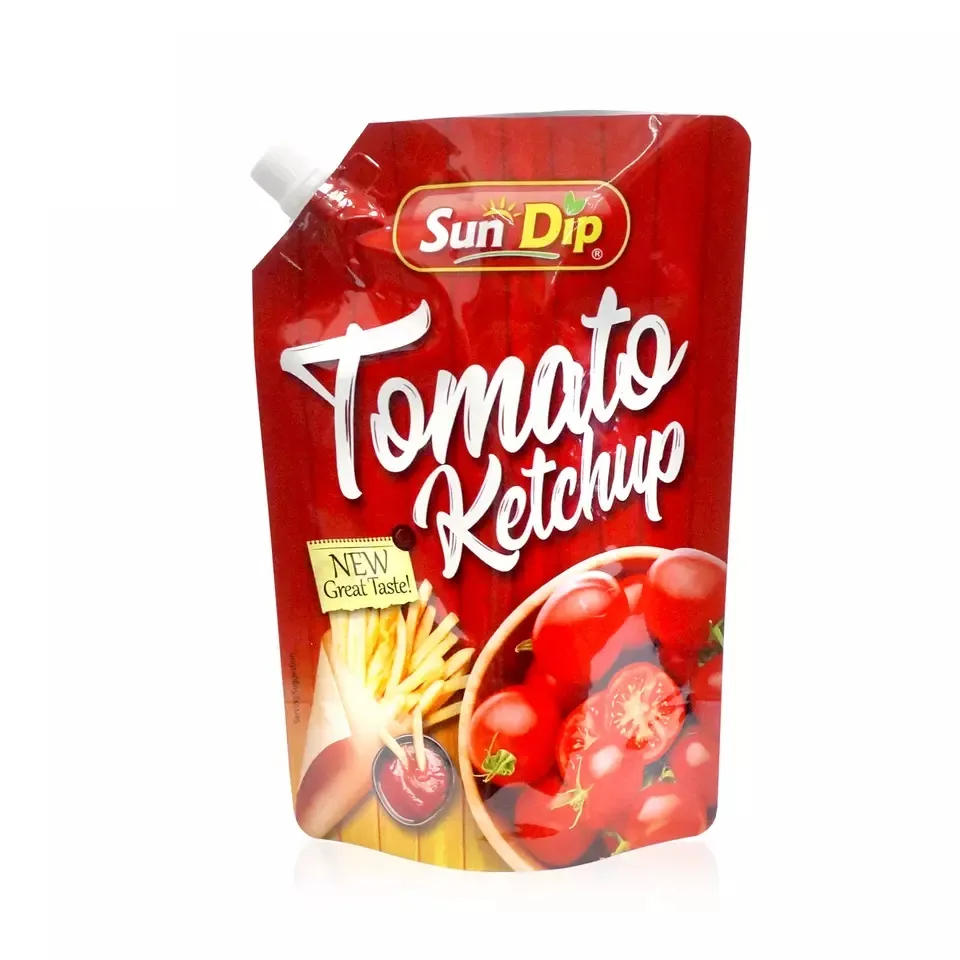- Afrikaans
- Albanian
- Amharic
- Arabic
- Armenian
- Azerbaijani
- Basque
- Belarusian
- Bengali
- Bosnian
- Bulgarian
- Catalan
- Cebuano
- chinese_simplified
- chinese_traditional
- Corsican
- Croatian
- Czech
- Danish
- Dutch
- English
- Esperanto
- Estonian
- Finnish
- French
- Frisian
- Galician
- Georgian
- German
- Greek
- Gujarati
- haitian_creole
- hausa
- hawaiian
- Hebrew
- Hindi
- Miao
- Hungarian
- Icelandic
- igbo
- Indonesian
- irish
- Italian
- Japanese
- Javanese
- Kannada
- kazakh
- Khmer
- Rwandese
- Korean
- Kurdish
- Kyrgyz
- Lao
- Latin
- Latvian
- Lithuanian
- Luxembourgish
- Macedonian
- Malgashi
- Malay
- Malayalam
- Maltese
- Maori
- Marathi
- Mongolian
- Myanmar
- Nepali
- Norwegian
- Norwegian
- Occitan
- Pashto
- Persian
- Polish
- Portuguese
- Punjabi
- Romanian
- Russian
- Samoan
- scottish-gaelic
- Serbian
- Sesotho
- Shona
- Sindhi
- Sinhala
- Slovak
- Slovenian
- Somali
- Spanish
- Sundanese
- Swahili
- Swedish
- Tagalog
- Tajik
- Tamil
- Tatar
- Telugu
- Thai
- Turkish
- Turkmen
- Ukrainian
- Urdu
- Uighur
- Uzbek
- Vietnamese
- Welsh
- Bantu
- Yiddish
- Yoruba
- Zulu
Exploring the Role of Foam in Sustainable Packaging Solutions and Innovations
The Role of Foam in Packaging Enhancing Protection and Sustainability
In the world of packaging, foam materials play a pivotal role in ensuring the safe transport and storage of a wide range of products. From electronics to fragile glassware, foam packaging provides cushioning that minimizes the risk of damage during handling and transit. As industries evolve and sustainability becomes a priority, the use of foam in packaging is undergoing significant transformations. This article explores the benefits of foam packaging, its various types, and the ongoing shift towards more sustainable solutions.
Advantages of Foam Packaging
One of the primary benefits of foam in packaging is its excellent shock-absorbing properties. Foam materials can absorb impact and vibration, protecting delicate items from breaking or becoming damaged. For instance, electronic devices and components are often packaged with foam inserts to ensure that they arrive at their destination without issues. The lightweight nature of foam also contributes to reducing shipping costs, as less weight means lower transportation expenses.
In addition to impact protection, foam packaging is highly customizable. Manufacturers can create foam inserts that match the specific shape and size of products, ensuring a snug fit that prevents movement during transit. This customizability helps reduce waste, as it minimizes the need for additional packing materials. With the growth of e-commerce, the demand for tailored packaging solutions has increased, making foam a preferred choice for many businesses.
Types of Foam Used in Packaging
There are several types of foam used in packaging, each with its unique properties and applications
1. Polyethylene Foam This type of foam is lightweight, flexible, and resistant to moisture and chemicals. It is commonly used for packaging products that require moderate protection, such as electronics, appliances, and medical equipment.
2. Polyurethane Foam Known for its superior cushioning properties, polyurethane foam is often used in high-end products like furniture, fragile items, and luxury goods. It can be shaped into various forms, providing excellent shock absorption.
foam in packaging

3. Expanded Polystyrene (EPS) Often recognized by its white, beaded appearance, EPS is widely used for packaging food, beverages, and fragile items. Its insulation properties make it ideal for temperature-sensitive products, though it is less environmentally friendly than other options.
4. EVA Foam (Ethylene Vinyl Acetate) This type of foam is known for its elasticity and resilience. It is commonly used for cushioning and protecting items during shipping and is often found in the packaging of consumer goods.
The Shift Towards Sustainable Foam Solutions
While foam packaging offers numerous benefits, the environmental impact of traditional foam materials has led to a growing demand for sustainable alternatives. Traditional foams, particularly polystyrene, are non-biodegradable and can contribute to environmental pollution. As a result, the packaging industry is exploring innovative solutions.
Biodegradable foams made from natural resources, such as cornstarch and mushrooms, are gaining traction. These materials break down more easily in the environment and offer comparable protective qualities to conventional foams. Additionally, companies are increasingly focusing on recycling initiatives, encouraging consumers to return foam packaging for reuse or repurposing.
Furthermore, advancements in technology have led to the development of foam materials that integrate recycled content, reducing the demand for virgin materials and minimizing waste.
Conclusion
Foam packaging is an indispensable component of the logistics and shipping industries, providing essential protection for fragile items. As the industry moves towards more sustainable practices, the evolution of foam materials will play a crucial role in balancing the need for effective packaging with environmental responsibility. By adopting innovative and eco-friendly solutions, businesses can not only protect their products but also contribute to a more sustainable future for the packaging industry. As we continue to evaluate our packaging choices, the future of foam is poised for growth and transformation.













